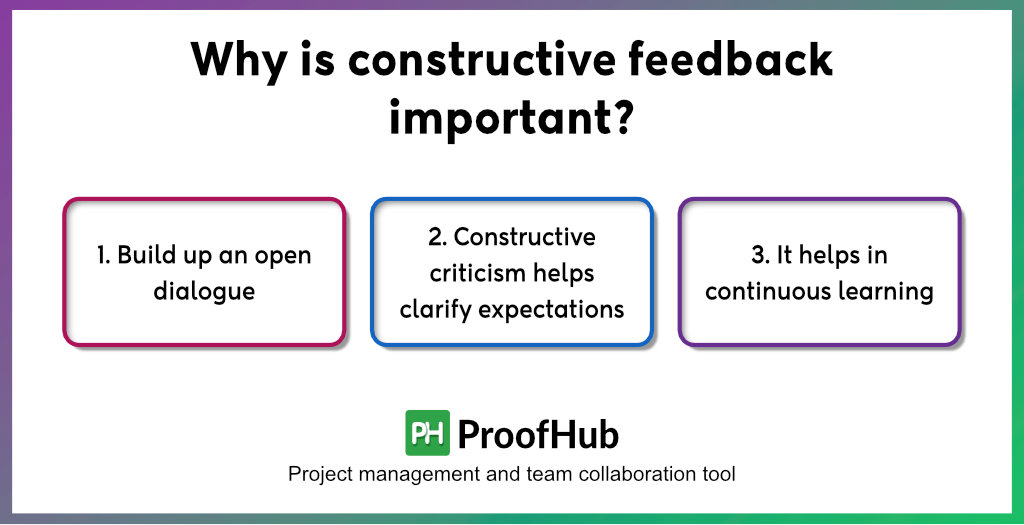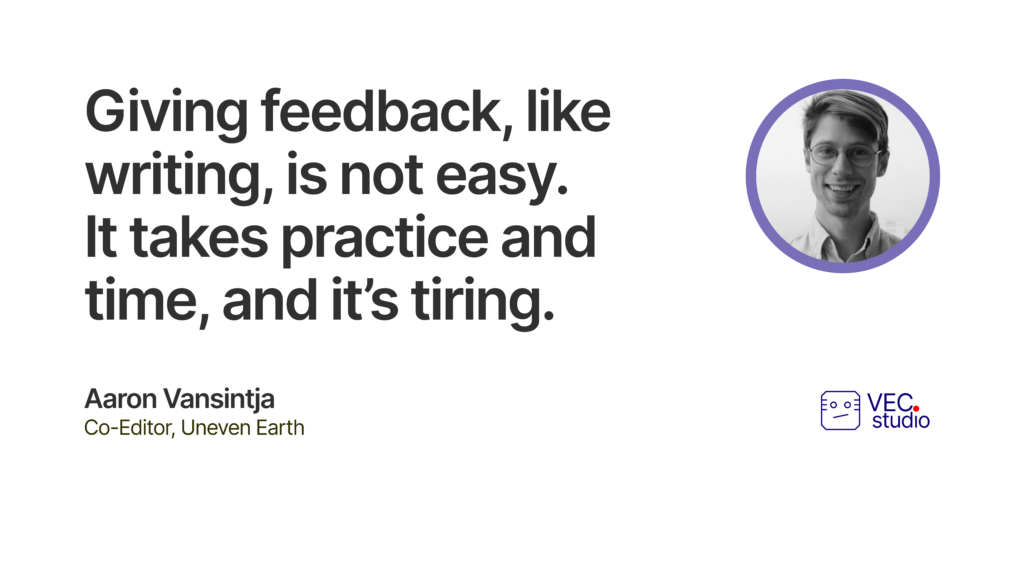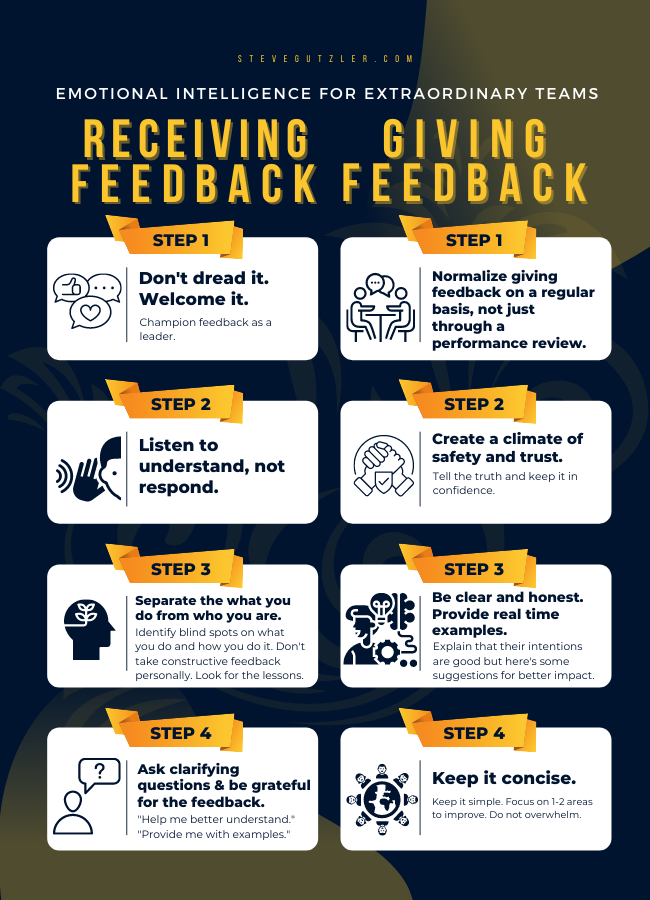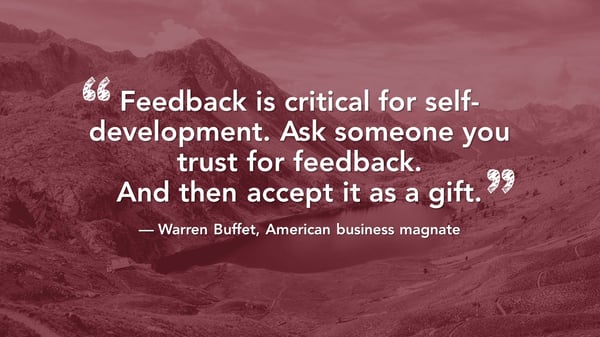Mastering Feedback: How the DESC Model Enhances Learning in Education and Training
In the world of education and training, feedback is a critical component of the learning process. It serves as a guidepost, helping learners understand their strengths, identify areas for improvement, and ultimately, achieve their full potential. However, the way feedback is delivered can make all the difference between it being received as a constructive tool or as a demotivating critique. This is where the DESC model comes into play.
The DESC model is a structured communication tool designed
to help educators and trainers deliver feedback in a clear, respectful, and
impactful manner. By using the DESC model, feedback can be transformed into a
positive experience that not only addresses the issues at hand but also
encourages growth and development in learners.
In this blog, we’ll explore the DESC model in depth—what it is, how it works, and why it’s particularly effective in educational and training environments. We’ll also provide practical tips and examples to help you apply the DESC model in your own teaching or training practice, ensuring that your feedback is both meaningful and motivating.
What is the DESC Model?
The DESC model is a communication and feedback tool that was
developed to help individuals address issues, resolve conflicts, and deliver
feedback in a structured and non-confrontational manner. It’s particularly
useful in situations where emotions might run high, or where there is a
potential for misunderstanding or defensiveness. By breaking down feedback into
four clear steps—Describe, Express, Specify, and Consequence—the DESC model
provides a roadmap for effective communication, ensuring that the message is
delivered clearly and respectfully.
Breaking Down the DESC Model
1. Describe the Situation (D): The first step in the
DESC model is to describe the situation objectively. This means stating the
facts without adding any interpretation, judgment, or emotion. The goal is to
provide a clear and neutral account of what happened. By focusing on observable
behaviors and specific events, you set the stage for a constructive
conversation. For example, instead of saying, “You were disrespectful in the
meeting,” you might say, “During the meeting, you interrupted several times
while others were speaking.”
2. Express Your Feelings (E): Once the situation is
described, the next step is to express your feelings about it. This is where
you share your emotional response to the situation. It’s important to
communicate your feelings in a way that is honest yet non-accusatory. Using “I”
statements is particularly effective here, as it helps to convey your
perspective without blaming the other person. For example, you could say, “I
felt frustrated when the interruptions occurred because it made it difficult to
stay on track.”
3. Specify the Desired Change (S): After expressing
your feelings, it’s important to specify the change you would like to see. This
step involves clearly stating what behavior or action you would prefer in the
future. The key is to be specific and actionable, ensuring that the other person
understands exactly what is being asked of them. For instance, you might say,
“I would appreciate it if you could wait until others have finished speaking
before sharing your thoughts.”
4. Consequence (C): The final step is to outline the
consequences of the change—or the lack thereof. This can include both positive
outcomes if the desired change is made and potential negative consequences if
it isn’t. The purpose of this step is to motivate the other person to adopt the
new behavior by highlighting the benefits or the impact of their actions. For
example, you might conclude by saying, “If we can all take turns speaking, our
meetings will be more productive, and everyone will have a chance to
contribute.”
Why the DESC Model is Effective
The DESC model is highly effective for several reasons.
First, it encourages clear and direct communication, which helps to prevent
misunderstandings. By breaking feedback down into specific steps, it ensures
that the message is delivered in a way that is both clear and respectful. This
is particularly important in educational and training settings, where the goal
is to foster a supportive learning environment.
Second, the DESC model helps to reduce defensiveness. By focusing on describing the situation and expressing feelings without assigning blame, it creates a space where the recipient of the feedback can listen and respond without feeling attacked. This makes it easier for them to accept the feedback and consider making the desired changes.
Finally, the DESC model is solution-oriented. By specifying
the desired change and discussing the potential consequences, it shifts the
focus from what went wrong to how things can be improved in the future. This
positive, forward-looking approach is particularly effective in encouraging
growth and development, making it an invaluable tool for educators and
trainers.
Importance of Effective Feedback in Education and
Training
Feedback is an essential component of the educational and training process. It serves multiple purposes, including guiding learners, reinforcing positive behaviors, correcting misunderstandings, and fostering personal and professional growth. Effective feedback can significantly enhance the learning experience, leading to improved performance, increased motivation, and a deeper understanding of the subject matter. The roles of feedback in learning and development are:
- Guidance
and Direction:
- Clarifying
Expectations: Feedback helps learners understand what is expected of
them, clarifying learning objectives and performance standards.
- Identifying
Strengths and Weaknesses: It highlights areas where learners excel
and areas that require improvement, enabling them to focus their efforts
effectively.
- Reinforcement
and Motivation:
- Positive
Reinforcement: Recognizing and praising good performance encourages
learners to continue practicing and developing their skills.
- Constructive
Criticism: Providing thoughtful, constructive feedback helps learners
recognize mistakes and understand how to improve, fostering a growth
mindset.
- Enhancing
Understanding and Retention:
- Correcting
Misconceptions: Feedback helps correct misunderstandings and ensures
that learners have an accurate grasp of the material.
- Deepening
Comprehension: By engaging learners in reflective thinking about
their performance, feedback promotes a deeper understanding of the
content.
- Promoting
Accountability and Responsibility:
- Encouraging
Self-Assessment: Feedback encourages learners to assess their own
work critically, promoting self-regulation and personal responsibility.
- Fostering
Independence: Regular feedback helps learners become more independent
and confident in their abilities to identify and address their own areas
for improvement.
Despite its importance, providing effective feedback in
educational and training settings can be challenging. Some common challenges
include:
- Balancing
Critique with Encouragement:
- Avoiding
Overemphasis on Negatives: Focusing too much on what learners are
doing wrong can be demotivating and discouraging.
- Ensuring
Constructive Balance: Striking the right balance between highlighting
areas for improvement and acknowledging achievements is crucial for
maintaining learner motivation.
- Avoiding
Defensiveness and Resistance:
- Emotional
Reactions: Learners may feel attacked or criticized, leading to
defensive reactions that hinder their ability to accept and act on the
feedback.
- Building
Trust: Establishing a trusting relationship where feedback is viewed
as supportive rather than punitive can be difficult but is essential for
effective communication.
- Providing
Clear and Actionable Feedback:
- Specificity:
Vague or general feedback can be confusing and unhelpful. Learners need
clear, specific guidance on what needs to be improved and how.
- Actionable
Steps: Feedback should include concrete suggestions or steps that
learners can take to enhance their performance.
- Maintaining
Consistency and Fairness:
- Bias
and Subjectivity: Ensuring that feedback is consistent, objective,
and free from personal bias can be challenging, especially in diverse
educational settings.
- Fair
Evaluation: Providing equitable feedback to all learners, regardless
of their background or abilities, is essential for fostering an inclusive
learning environment.
How the DESC Model Addresses These Challenges
The DESC model provides a structured approach to delivering
feedback that can effectively address the challenges mentioned above. Here's
how each component of the DESC model helps overcome these obstacles:
- Describe
the Situation (D):
- Objective
and Specific: By focusing on observable behaviors and specific
instances, the DESC model ensures that feedback is clear and objective.
This specificity helps avoid misunderstandings and provides a solid
foundation for discussion.
- Non-Judgmental:
Describing the situation without judgment or interpretation helps prevent
learners from feeling attacked, reducing defensiveness and resistance.
- Express
Your Feelings (E):
- Personal
Perspective: Using “I” statements to express feelings helps
communicate the impact of the learner’s actions without blaming them.
This personal perspective fosters empathy and understanding.
- Encouraging
Open Dialogue: Sharing feelings openly can encourage learners to
express their own emotions and perspectives, promoting a more open and
trusting relationship.
- Specify
the Desired Change (S):
- Clear
Expectations: Clearly articulating the desired change provides
learners with a concrete understanding of what is expected. This clarity
helps learners focus their efforts on specific areas for improvement.
- Actionable
Guidance: By specifying actionable steps, the DESC model ensures that
feedback is practical and achievable, empowering learners to take
concrete actions to enhance their performance.
- Consequence
(C):
- Positive
Outcomes: Highlighting the positive outcomes of making the desired
change can motivate learners by showing them the benefits of their
efforts.
- Constructive
Impact: Discussing the consequences of not making the change helps
learners understand the importance of addressing the feedback, fostering
a sense of responsibility and accountability.
Applying the DESC Model: A Step-by-Step Guide
Step 1: Describe the Situation (D)
The first step in the DESC model is to Describe the
Situation. The goal here is to provide an objective account of what
happened, focusing solely on observable facts without any interpretation,
judgment, or emotion. This step is crucial because it sets the foundation for
the rest of the conversation by ensuring that both you and the recipient of the
feedback are on the same page regarding the situation being discussed.
- How
to Do It:
- Stick
to the facts: Describe what you saw or heard without making assumptions
about the other person’s intentions or motivations.
- Be
specific: Focus on specific actions or behaviors rather than
generalizations.
- Avoid
judgmental language: Use neutral, non-confrontational language to keep
the conversation constructive.
- Example
in Education:
- "During
yesterday’s group discussion, I noticed that you spoke over your
classmates multiple times when they were sharing their ideas."
- Example
in Training:
- "In
today’s simulation exercise, you skipped several steps in the safety
checklist before starting the procedure."
Step 2: Express Your Feelings (E)
The second step is to Express Your Feelings about the
situation. This step involves sharing how the observed behavior or situation
made you feel, using “I” statements to keep the focus on your own emotional
response. Expressing your feelings helps to humanize the feedback, making it
clear that the feedback is coming from a place of concern and care, rather than
criticism.
- How
to Do It:
- Use
“I” statements: This helps to express your feelings without sounding
accusatory.
- Be
honest but respectful: Share your emotions truthfully, but in a way that
maintains respect for the other person.
- Keep
it relevant: Focus on feelings that are directly related to the situation
at hand.
- Example
in Education:
- "I
felt concerned when you interrupted others because it seemed like it was
difficult for the group to have a balanced discussion."
- Example
in Training:
- "I
felt uneasy when I saw that the safety steps were skipped, as it’s
crucial to ensure that all procedures are followed to avoid any potential
risks."
Step 3: Specify the Desired Change (S)
After describing the situation and expressing your feelings,
the next step is to Specify the Desired Change. This is where you
clearly articulate what you would like the other person to do differently in
the future. The key here is to be specific and actionable—providing clear
guidance on what behavior needs to change and how it can be improved.
- How
to Do It:
- Be
specific: Clearly outline the behavior or action you would like to see
changed.
- Make
it actionable: Ensure that the feedback is practical and that the
recipient knows exactly what steps to take.
- Focus
on future behavior: Frame the feedback in a way that looks forward,
emphasizing positive change rather than dwelling on past mistakes.
- Example
in Education:
- "In
future discussions, I’d like you to wait until your classmates have
finished speaking before sharing your thoughts. This will help ensure
that everyone gets a chance to contribute."
- Example
in Training:
- "Moving
forward, I’d like you to follow each step of the safety checklist without
skipping any, even if you feel confident in the procedure. This will help
ensure that all protocols are consistently followed."
Step 4: Consequence (C)
The final step in the DESC model is to outline the Consequence
of the desired change—or the lack thereof. This step involves explaining the
positive outcomes if the change is made, or the potential negative consequences
if the behavior continues. The aim is to provide motivation for making the
change, by showing the impact that the behavior has on the learning
environment, the team, or the individual’s development.
- How
to Do It:
- Highlight
positive outcomes: Focus on the benefits of making the desired change,
such as improved learning, better teamwork, or enhanced safety.
- Mention
potential negative consequences: If appropriate, explain the potential
risks or negative impacts if the behavior doesn’t change.
- Keep
it constructive: Ensure that the consequence is framed in a way that is
encouraging and supportive, rather than punitive.
- Example
in Education:
- "If
you can make this change, I believe it will lead to more productive
discussions where everyone feels heard and valued. If the interruptions
continue, it might be harder for the group to work together
effectively."
- Example
in Training:
- "By
following all the steps in the safety checklist, you’ll help maintain a
safe environment and reduce the risk of errors. Skipping steps could lead
to mistakes that might compromise safety or the success of the
procedure."
Scenario: Incomplete Patient Documentation
Context:
You are a senior resident overseeing a group of medical interns during their
clinical rotation in a hospital. One of the interns, Dr. Taylor, has repeatedly
submitted patient documentation that lacks important details, such as thorough
histories, medication lists, and clear care plans. This incomplete
documentation is concerning because it could lead to miscommunication among the
healthcare team and potential risks to patient safety.
Applying the DESC Model:
- Describe
the Situation (D):
- "Dr.
Taylor, I’ve reviewed several of your recent patient notes, and I’ve
noticed that some key details are often missing. For example, in Mr.
Johnson’s chart yesterday, there wasn’t a complete medication list or a
detailed care plan."
- Express
Your Feelings (E):
- "I’m
concerned about this because accurate and thorough documentation is
critical for ensuring continuity of care and patient safety. Missing
details in the notes could lead to misunderstandings or errors in
treatment."
- Specify
the Desired Change (S):
- "I’d
like you to make sure that your patient documentation includes all the
necessary details, such as a complete history, up-to-date medication
lists, and a clear plan of care. Taking the time to double-check your
notes before submitting them will help ensure that they are comprehensive
and accurate."
- Consequence
(C):
- "By
improving the completeness of your documentation, you’ll contribute to
safer patient care and better communication among the healthcare team. If
these gaps in documentation continue, it could lead to serious errors or
complications in patient care, which is something we must all work to
prevent."
Tips for Successfully Implementing the DESC Model
Here are some practical tips to help you maximize the impact of this feedback tool in educational and training settings:
1. Prepare in Advance
- Plan
Your Feedback: Before the feedback session, take some time to outline what
you want to say using the DESC model. Write down specific observations,
your feelings about the situation, the desired changes, and the
consequences of making—or not making—those changes.
- Practice
if Necessary: If you’re new to using the DESC model, it may be helpful to
rehearse your feedback in advance. This can help you feel more confident
and ensure that your delivery is smooth and clear.
2. Create a Supportive Environment
- Choose
the Right Setting: Ensure the environment is private and conducive to open
conversation. A quiet, neutral space can help the recipient feel
comfortable and less defensive.
- Be
Respectful and Empathetic: Approach the conversation with empathy and
respect. Show that your intention is to support the individual’s growth,
not to criticize or blame.
3. Be Specific and Objective
- Focus
on Observable Behaviors: When describing the situation, stick to the
facts. Avoid making assumptions or judgments about the person’s
intentions. Specificity helps the recipient understand exactly what they
need to work on.
- Avoid
Generalizations: General comments like "You’re always late" or
"You never pay attention" can make the recipient defensive.
Instead, focus on specific incidents that illustrate the behavior you’re
addressing.
4. Use “I” Statements
- Express
Your Feelings: When discussing your feelings, use “I” statements to
express how the behavior affects you or the learning environment. This
approach prevents the feedback from sounding accusatory and helps maintain
a constructive tone.
- Keep
It About the Behavior, Not the Person: Focus on how the behavior impacts
you or others rather than making it about the person’s character. For
example, say "I feel concerned when deadlines are missed" rather
than "You’re irresponsible."
5. Encourage Dialogue
- Invite
the Recipient’s Perspective: After delivering your feedback, invite the
recipient to share their thoughts. This can lead to a more collaborative
discussion and may provide insights into the behavior or situation.
- Listen
Actively: Show that you value the recipient’s input by listening
attentively. This can help build trust and make the feedback more
effective.
6. Provide Support and Follow-Up
- Offer
Help: If the recipient needs additional support to make the desired
changes, offer assistance. This could involve additional training,
resources, or regular check-ins to monitor progress.
- Set
a Follow-Up: Arrange a follow-up meeting to discuss progress and any
ongoing challenges. This reinforces the importance of the feedback and
shows that you are committed to the recipient’s development.
7. Remain Open to Feedback Yourself
- Model
Receptiveness: Demonstrate that you, too, are open to receiving feedback.
This creates a culture of mutual respect and continuous improvement,
making it easier for others to accept and act on your feedback.
- Reflect
on Your Delivery: After the feedback session, reflect on how it went.
Consider what worked well and what you could improve in your next feedback
conversation.
8. Tailor Your Approach to the Individual
- Consider
the Recipient’s Personality: Some individuals may respond better to direct
feedback, while others may need a gentler approach. Tailor your delivery
to suit the recipient’s communication style and emotional needs.
- Be
Culturally Sensitive: Be aware of cultural differences that may influence
how feedback is received. Adapt your approach to ensure that your feedback
is respectful and effective across different cultural contexts.














Comments
Post a Comment